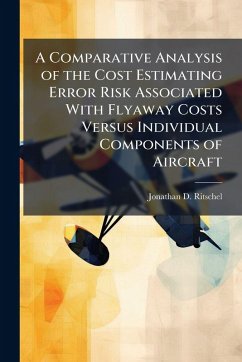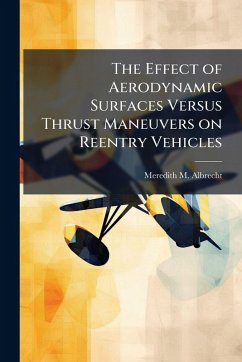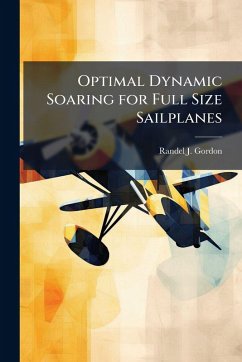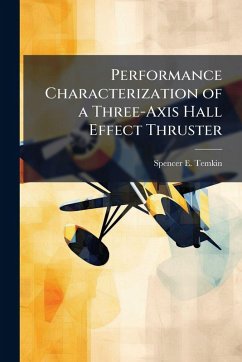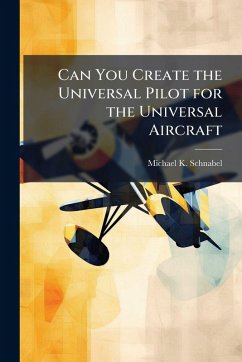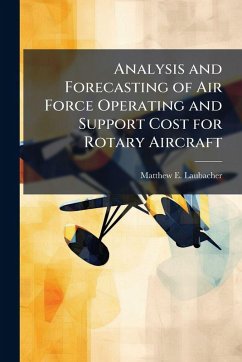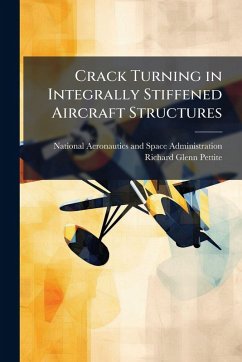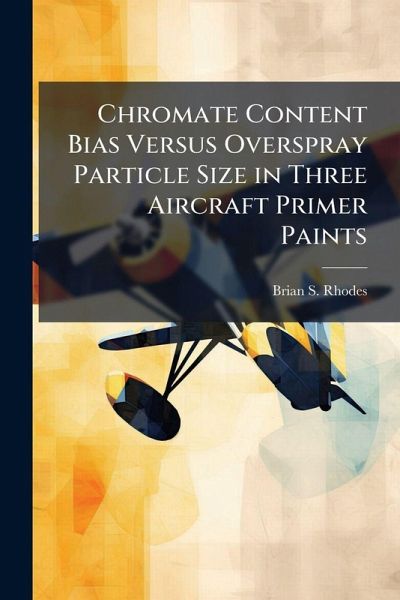
Chromate Content Bias Versus Overspray Particle Size in Three Aircraft Primer Paints

PAYBACK Punkte
8 °P sammeln!
The United States Air Force relies on the corrosion inhibiting properties of chromate-containing primer paints to protect the aluminum skin of its aircraft. Hexavalent chromium (Cr6+)--the ingredient responsible for the corrosion inhibiting characteristics of these primers--is a known human carcinogen. The concentration of Cr6+ in different particle sizes of paint overspray is important to understand health implications to painters as well as filtration efficiency. Previous research indicates disproportionately less Cr6+ content in smaller particles collected in the overspray of solvent-based ...
The United States Air Force relies on the corrosion inhibiting properties of chromate-containing primer paints to protect the aluminum skin of its aircraft. Hexavalent chromium (Cr6+)--the ingredient responsible for the corrosion inhibiting characteristics of these primers--is a known human carcinogen. The concentration of Cr6+ in different particle sizes of paint overspray is important to understand health implications to painters as well as filtration efficiency. Previous research indicates disproportionately less Cr6+ content in smaller particles collected in the overspray of solvent-based epoxy-polyamide paint primers (MIL-P-2377G). This research explores the possibility of a particle size bias in the Cr6+ content of three commonly used aircraft primers: solvent-based epoxy-polyamide, water-based epoxy-polyamide (MIL-PRF-85582C), and solvent-based polyurethane (TT-P-2760A). This work has been selected by scholars as being culturally important, and is part of the knowledge base of civilization as we know it. This work was reproduced from the original artifact, and remains as true to the original work as possible. Therefore, you will see the original copyright references, library stamps (as most of these works have been housed in our most important libraries around the world), and other notations in the work. This work is in the public domain in the United States of America, and possibly other nations. Within the United States, you may freely copy and distribute this work, as no entity (individual or corporate) has a copyright on the body of the work. As a reproduction of a historical artifact, this work may contain missing or blurred pages, poor pictures, errant marks, etc. Scholars believe, and we concur, that this work is important enough to be preserved, reproduced, and made generally available to the public. We appreciate your support of the preservation process, and thank you for being an important part of keeping this knowledge alive and relevant.



